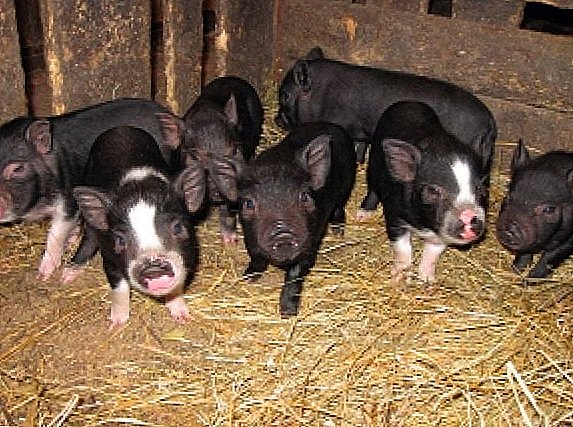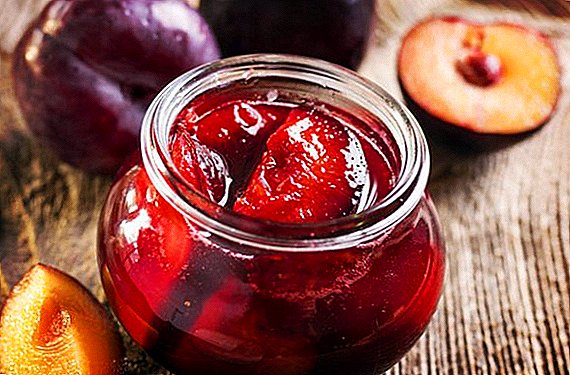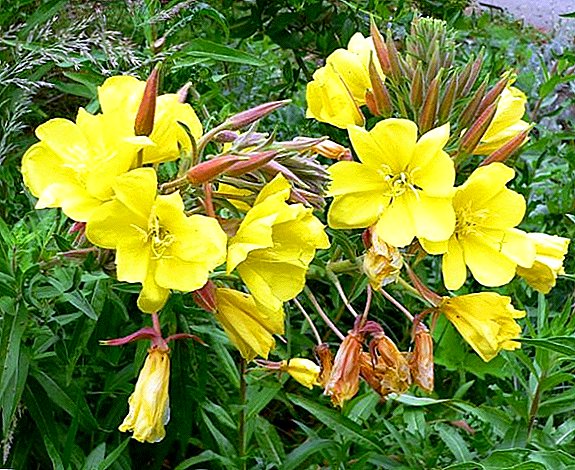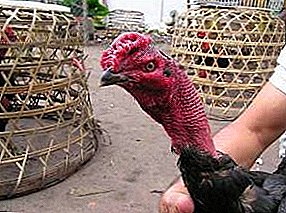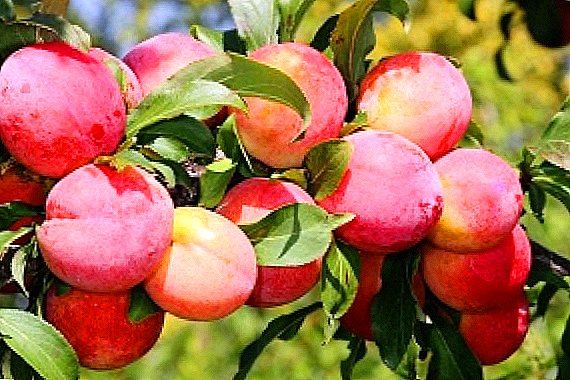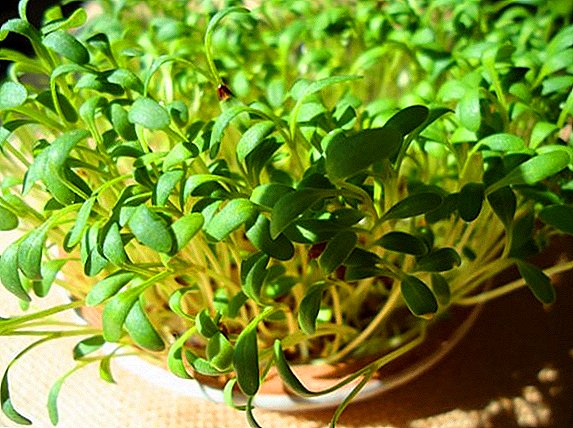 Growing cress on your windowsill in winter, you will preserve its beneficial properties to the maximum and enrich your body with calcium, iron, iodine, phosphorus, potassium, vitamins B and C. The mustard essential oil that is contained in the plant will give your salads a characteristic taste and smell.
Growing cress on your windowsill in winter, you will preserve its beneficial properties to the maximum and enrich your body with calcium, iron, iodine, phosphorus, potassium, vitamins B and C. The mustard essential oil that is contained in the plant will give your salads a characteristic taste and smell.
Cress growing conditions on the windowsill
 For the cultivation of watercress you need to prepare the dishes, soil, drainage and seeds. As pots, you can use flower pots or other low containers, as long as the bottom has holes. Sowing watercress can be combined with other herbs on the windowsill.
For the cultivation of watercress you need to prepare the dishes, soil, drainage and seeds. As pots, you can use flower pots or other low containers, as long as the bottom has holes. Sowing watercress can be combined with other herbs on the windowsill.
At the bottom of dishes with a height of 2-3 cm we pour drainage, on top of which we pour soil in a layer of 2-4 cm. It is better to use purchased universal soil, it is disinfected and has useful substances for normal growth of plants.
Seeds are soaked in a glass of water and evenly distributed in a single layer over the surface of the soil. Sprinkle seeds with soil up to 1 cm thick, compact it and water. We place the container under the film, put it in a dark place and expect seed germination. The first shoots of lettuce in a pot should appear after 3 days.
Important! Watercress with green leaves grows faster than purple.
Location and lighting
 This plant differs from others in its unpretentiousness and is characterized as fast-growing greens on a window sill. This type of salad is not demanding of lighting, but rather belongs to shade-loving plants, so it will be comfortable even on the northern windowsill.
This plant differs from others in its unpretentiousness and is characterized as fast-growing greens on a window sill. This type of salad is not demanding of lighting, but rather belongs to shade-loving plants, so it will be comfortable even on the northern windowsill.
After seed germination, the film is removed and the containers are placed on the window sill. Make sure that the warm battery does not warm the window sill. This will be a negative factor in growing lettuce.
Optimal temperature
Seeds can germinate at temperatures above 5 ° C, but the optimum temperature for the growth of cress is a temperature of 10-18 ° C. To maintain this temperature, the plant is sprayed with cold water and aired the room.
Important! At temperatures above 25 ° C, watercress can quickly turn on the hands and becomes unfit for human consumption.
For regular consumption of the salad is better to sow in portions with an interval of 7-10 days. In this case, you will have time to use greens for food.
Care for watercress at home
Care of this plant is quite simple. It is necessary to maintain soil moisture and control the temperature in the room.
Watering and fertilizing the soil
The soil should be moist but not waterlogged.. The lack and excess of moisture affects the plant. Watering the plants should be carried out regularly every 2-3 days by intensive spraying, then the greens will be fragrant and tender.
Since the growing season at watercress is small, no fertilizer is added to the soil. It is necessary to use the purchase of soil that has a sufficient amount of fertilizer for growing the house.
But the plant is able to give new leaves when cut. In this case, you can feed the plant with liquid fertilizer; its concentration should be reduced relative to the recommended in the instructions, because the plant is very delicate.
Air humidity
The humidity of the air in the room should be high, because the plant is moisture-loving. If the humidity fluctuates, it will lead to bitterness, hardness of foliage and loss of taste.
Did you know? Hippocrates used watercress to purify blood and recuperate in sick animals.
Watercress Harvesting
 It is possible to use a plant for food at a stem height from 7 cm to 10 cm. To do this, use scissors to cut lettuce leaves with small stems. Watercress is used fresh, so you need to cut only the volume that you are going to use.
It is possible to use a plant for food at a stem height from 7 cm to 10 cm. To do this, use scissors to cut lettuce leaves with small stems. Watercress is used fresh, so you need to cut only the volume that you are going to use.
Nutritional value and calorie 100 g of this product is: proteins -2.6 g, fats - 0.7 g, carbohydrates - 6 g, caloric content - 32 Kcal. This plant is used as an additive in salads, as well as seasoning to meat and fish. Watercress goes well with cottage cheese, eggs and cheese.
Did you know? In some African countries, watercress is grown as animal feed.
Ways to grow watercress without land
The peculiarity of growing this plant is that the presence of soil in this process is not mandatory. Watercress can be grown on cotton wool, sponge or paper towel.
Lay the substrate on the bottom of the dish with a layer of up to 2 cm and soak it with water. Pour the seeds into a glass and fill them with water. This is necessary so that they are evenly distributed in a single layer on the substrate.
We create a greenhouse effect with cellophane film and put it on the window sill.
 Cress can be grown without a substrate - in water. This method is the fastest and less expensive. A week after sowing, the salad is ready to eat.
Cress can be grown without a substrate - in water. This method is the fastest and less expensive. A week after sowing, the salad is ready to eat.
It is necessary to prepare a tea strainer and a cup of water. Set the strainer on the cup, pour the seeds into it and pour them with water at a temperature of 30 ° C. There should be enough water to soak the seeds.
They must be evenly distributed over the entire surface of the sieve. Sprouts will sprout in a couple of days, and the roots will sink into a cup of water. This watercress can be used in food along with the roots.
Doubt the usefulness of watercress, especially in winter days, is not necessary. Season the cress with olive oil and lemon juice, and your body will receive the necessary amount of nutrients and trace elements.


